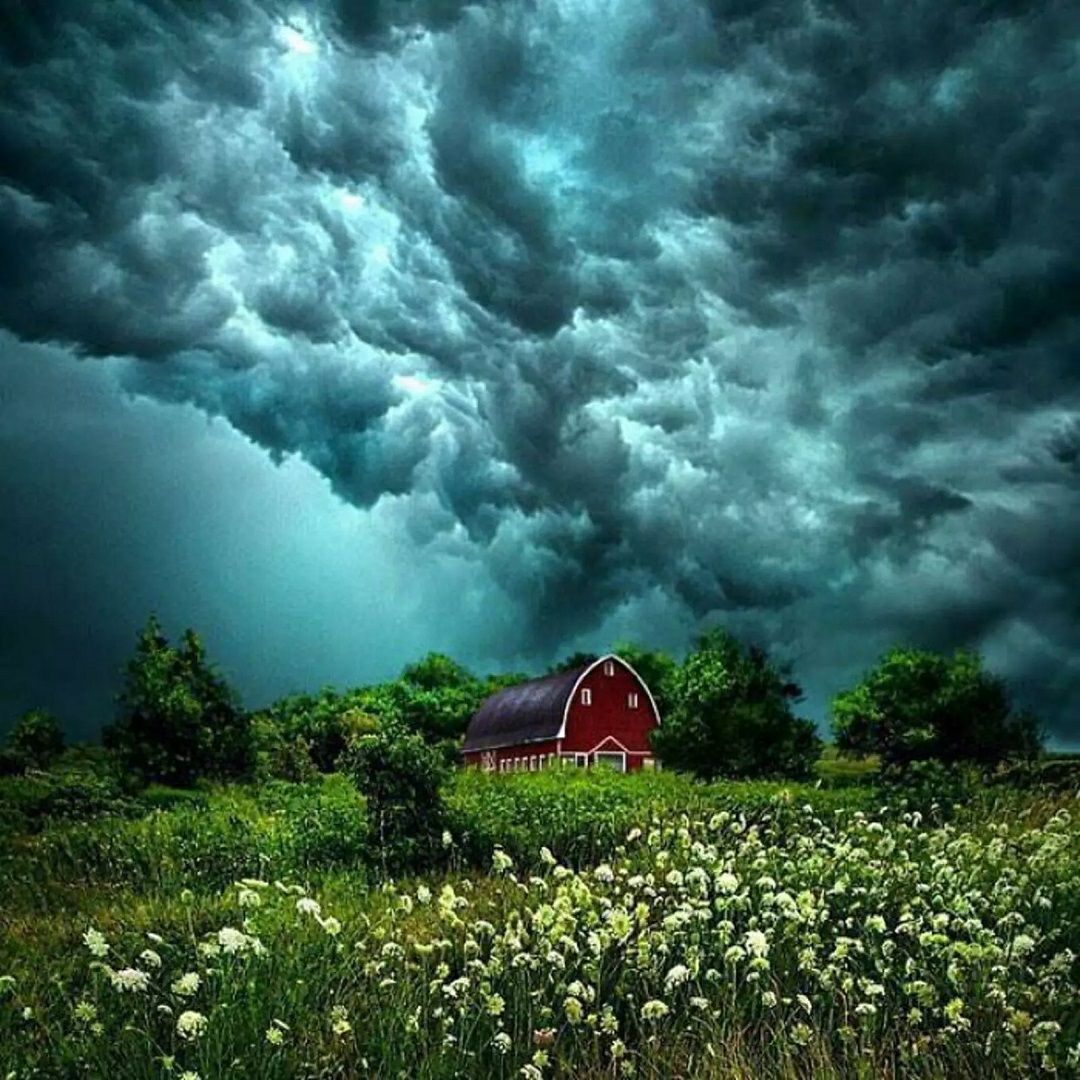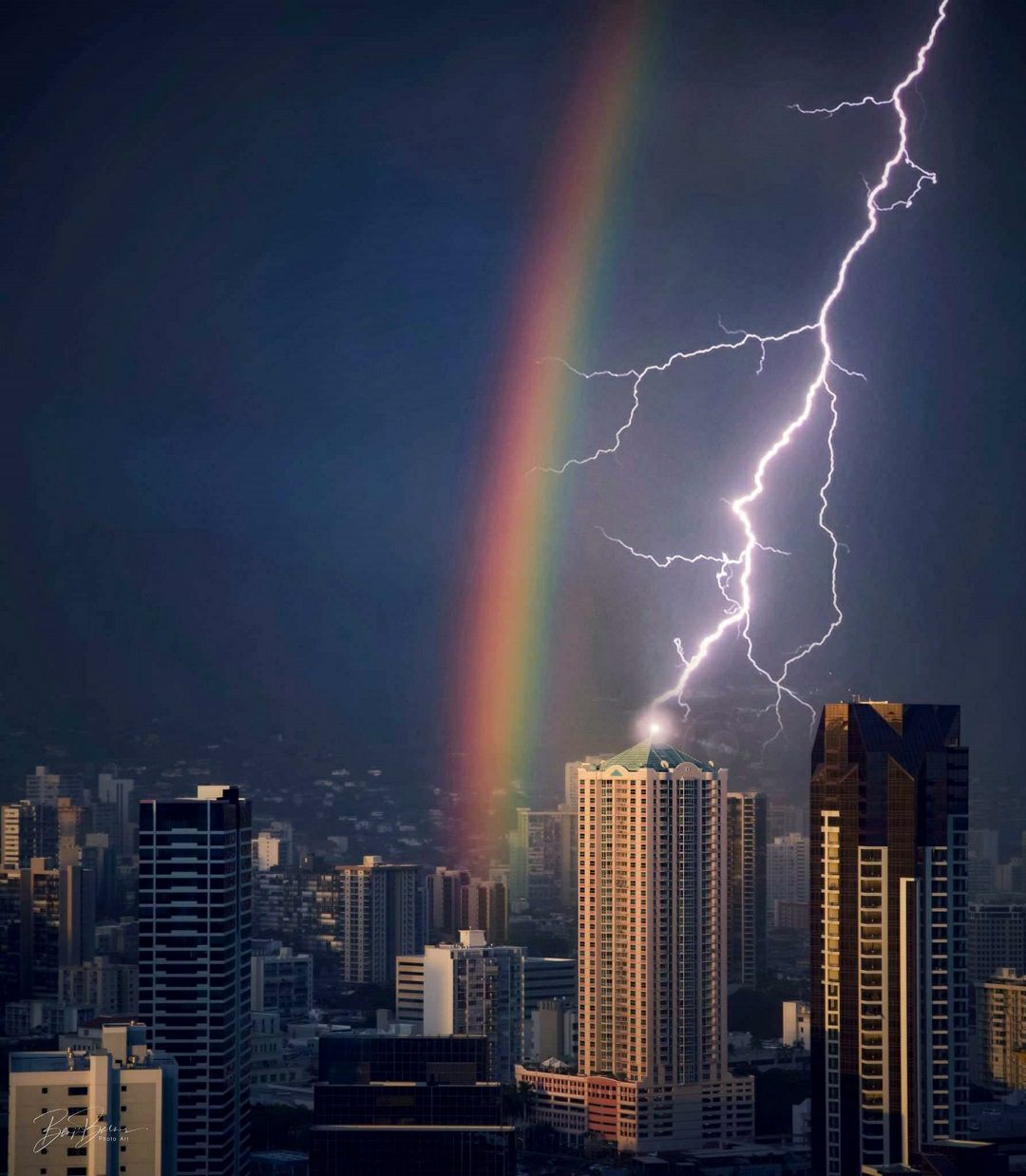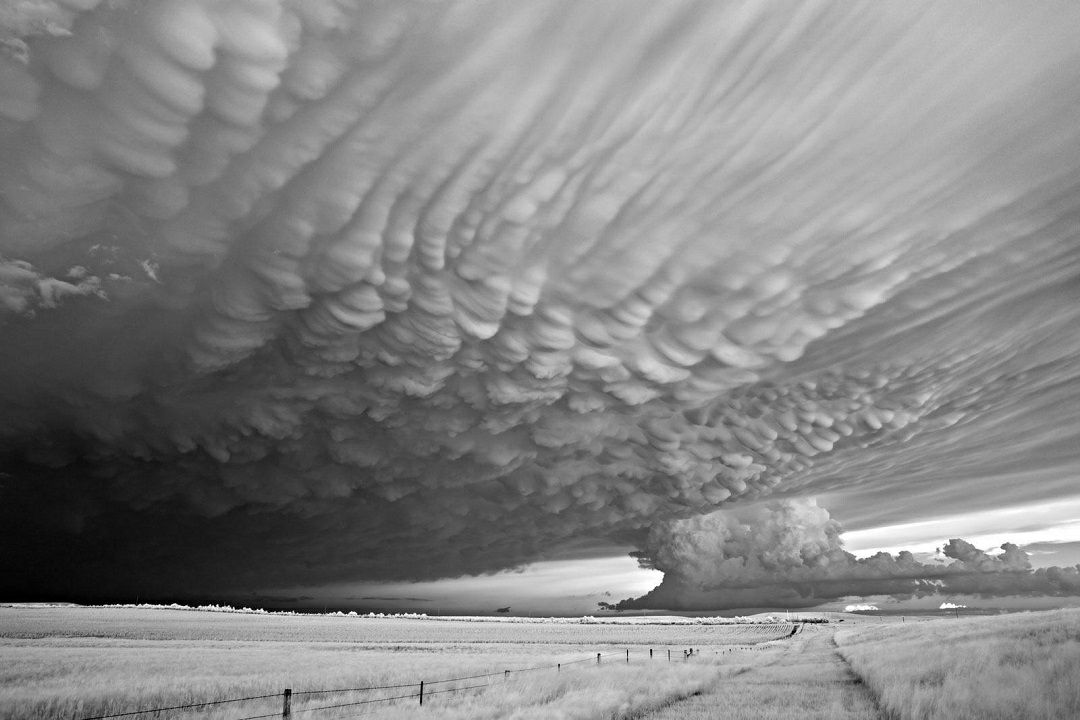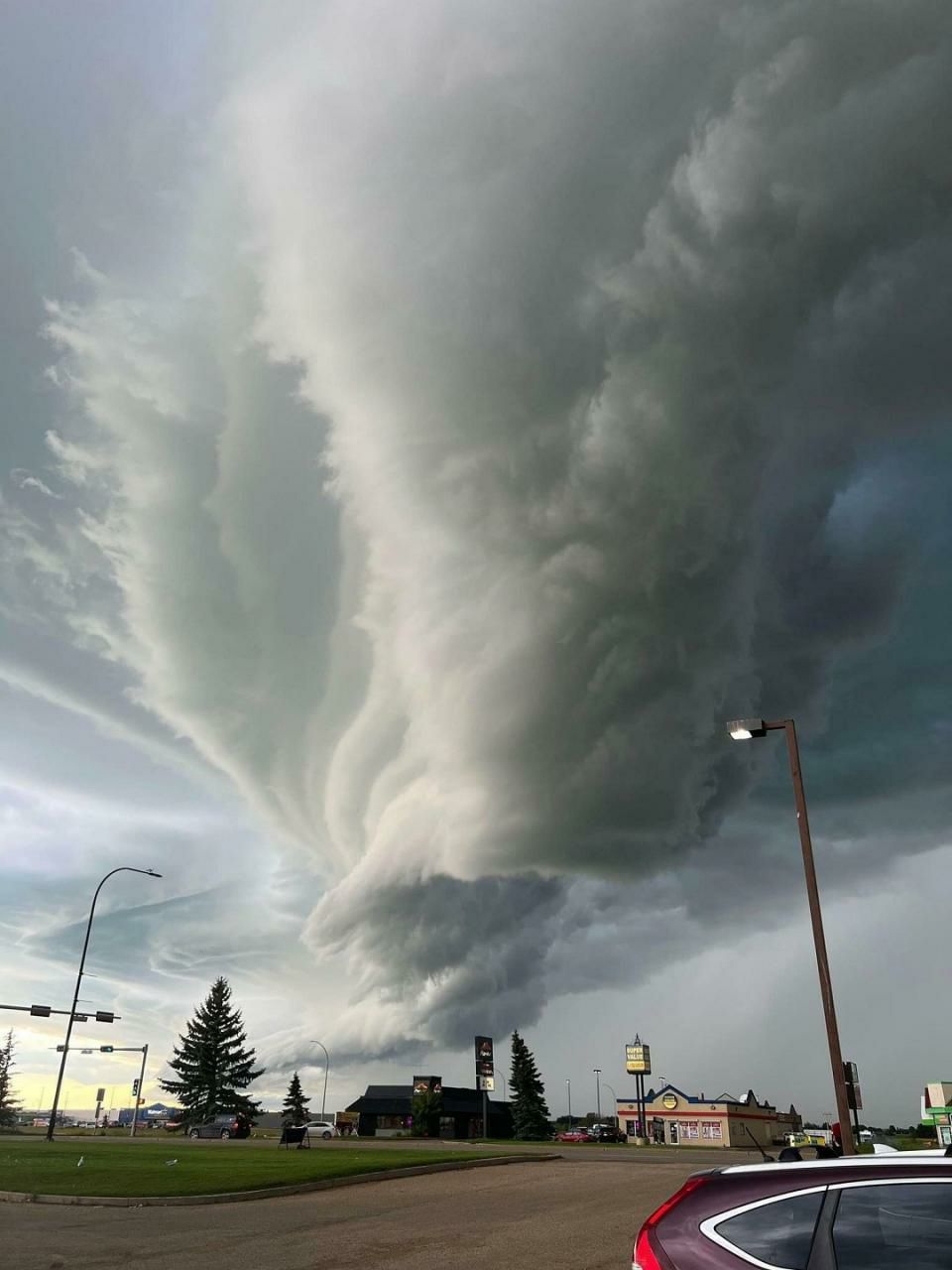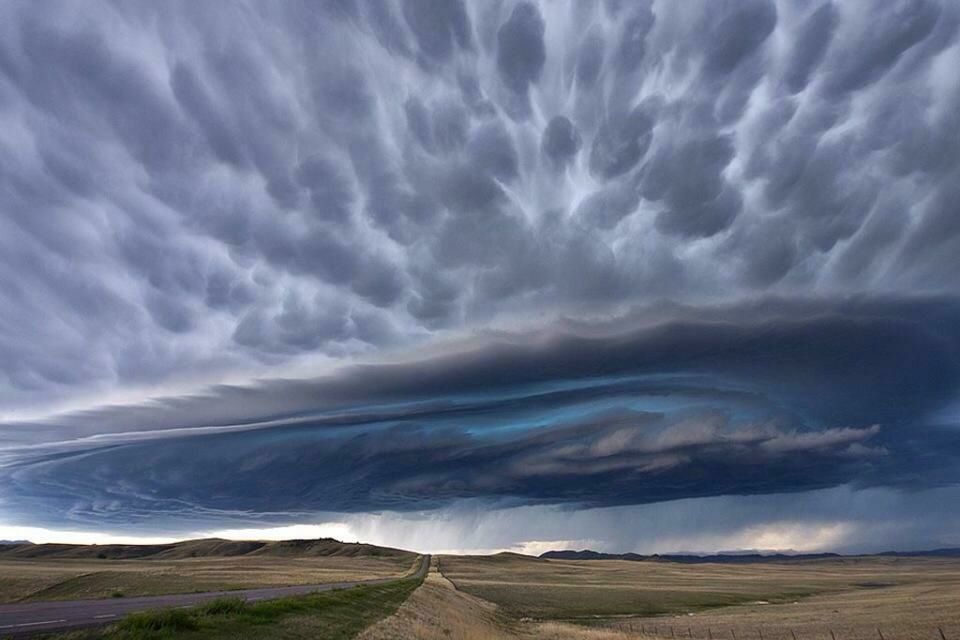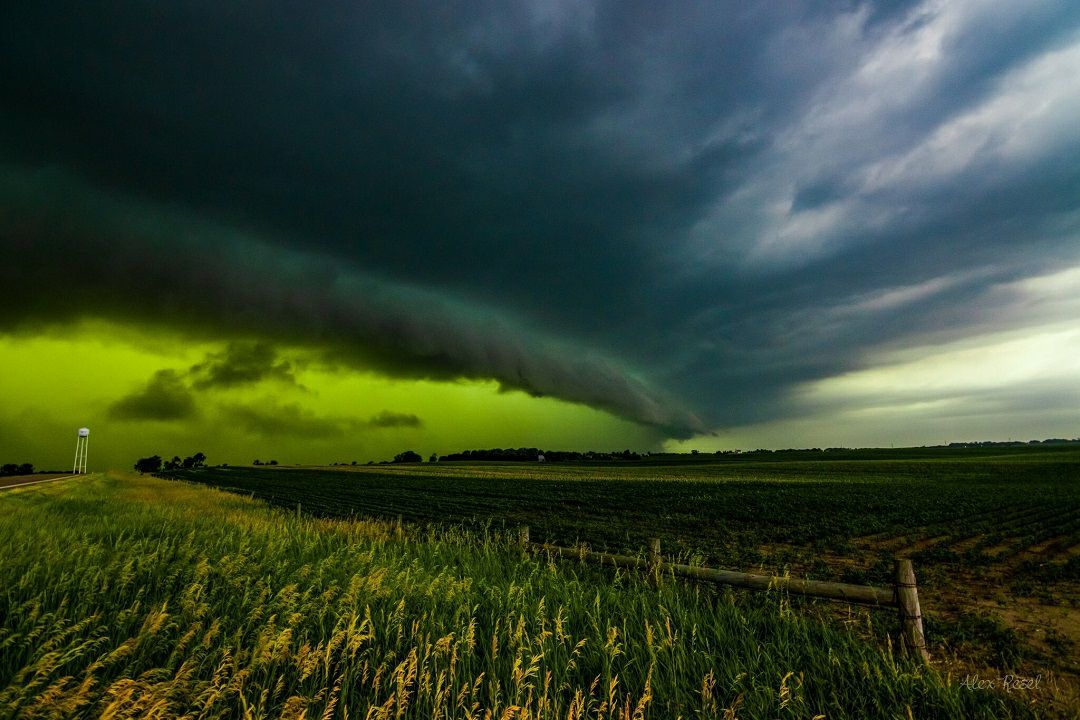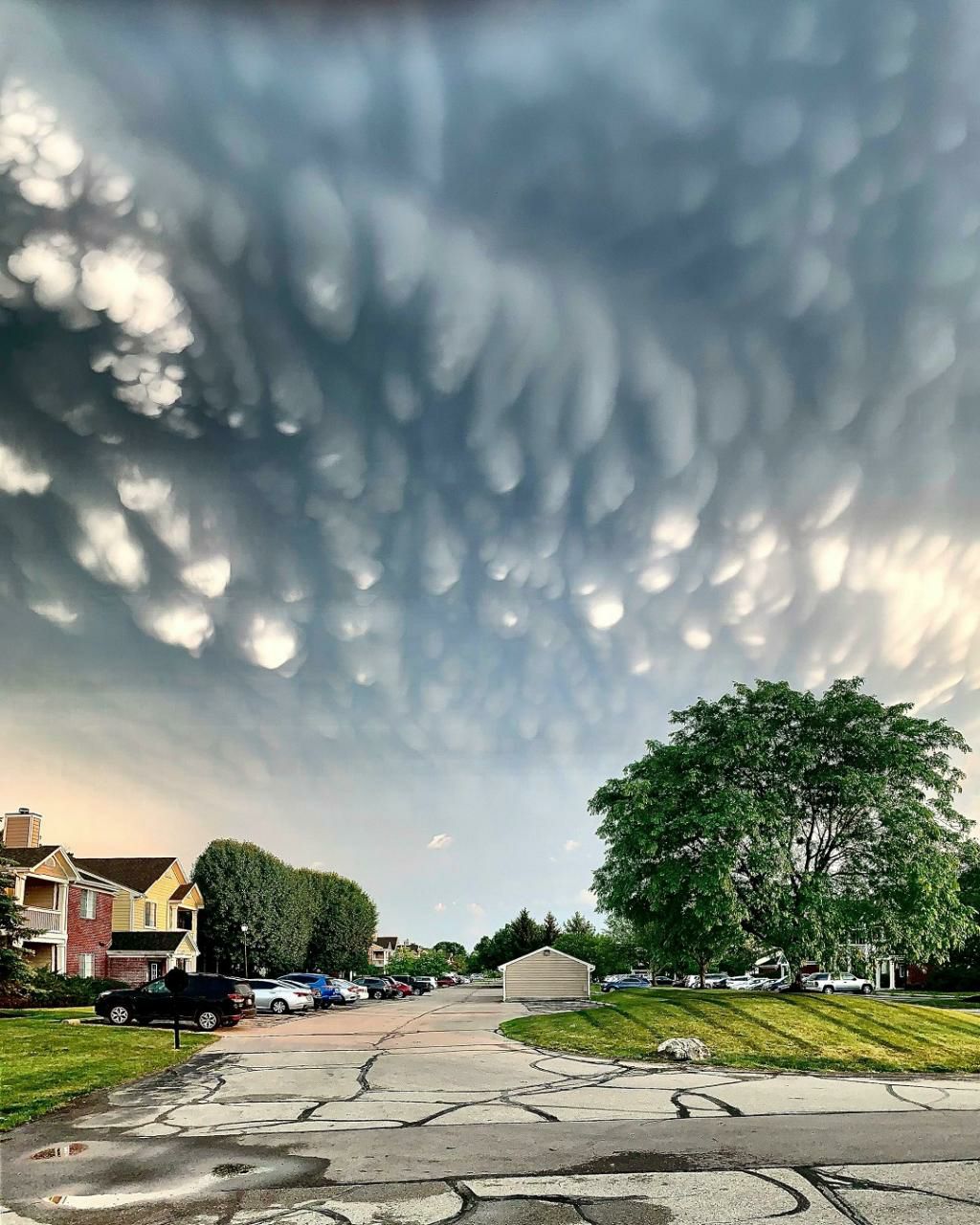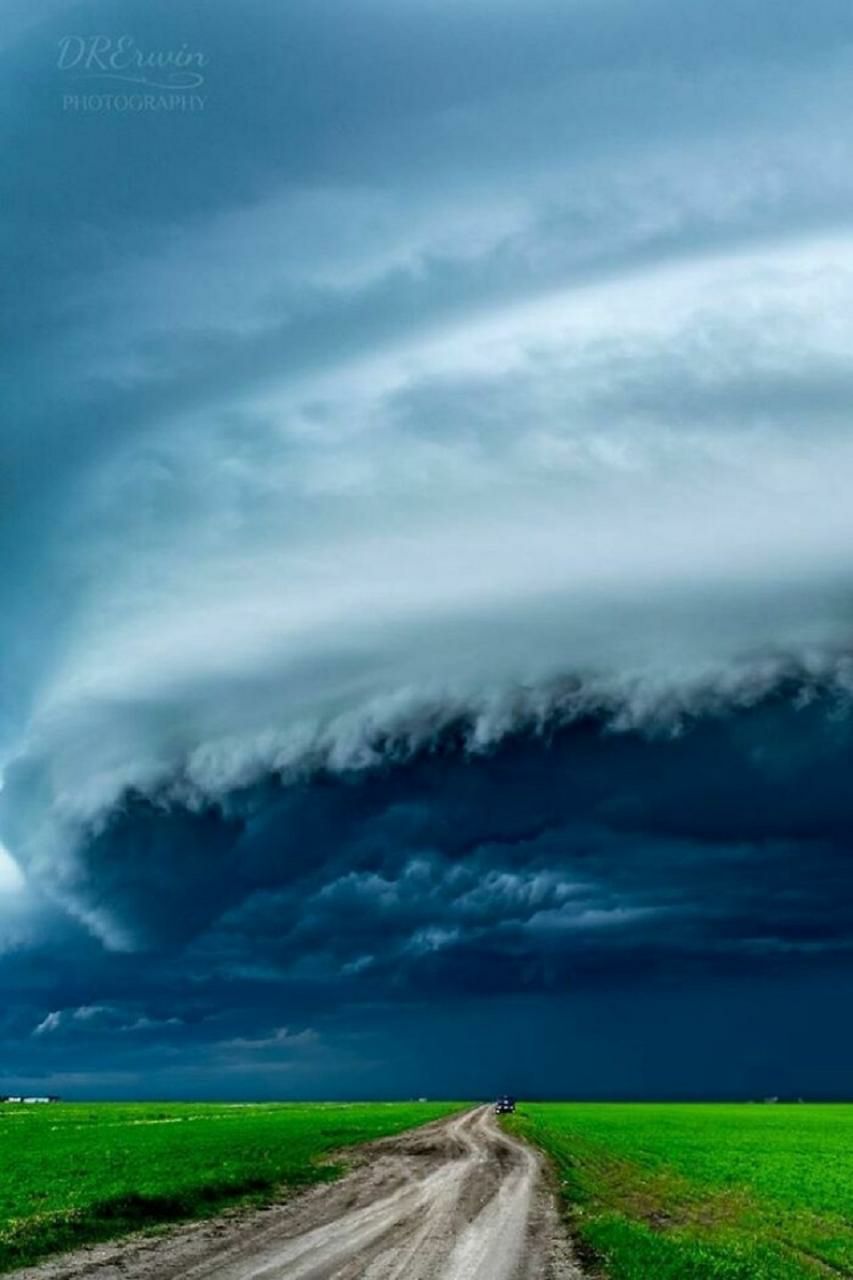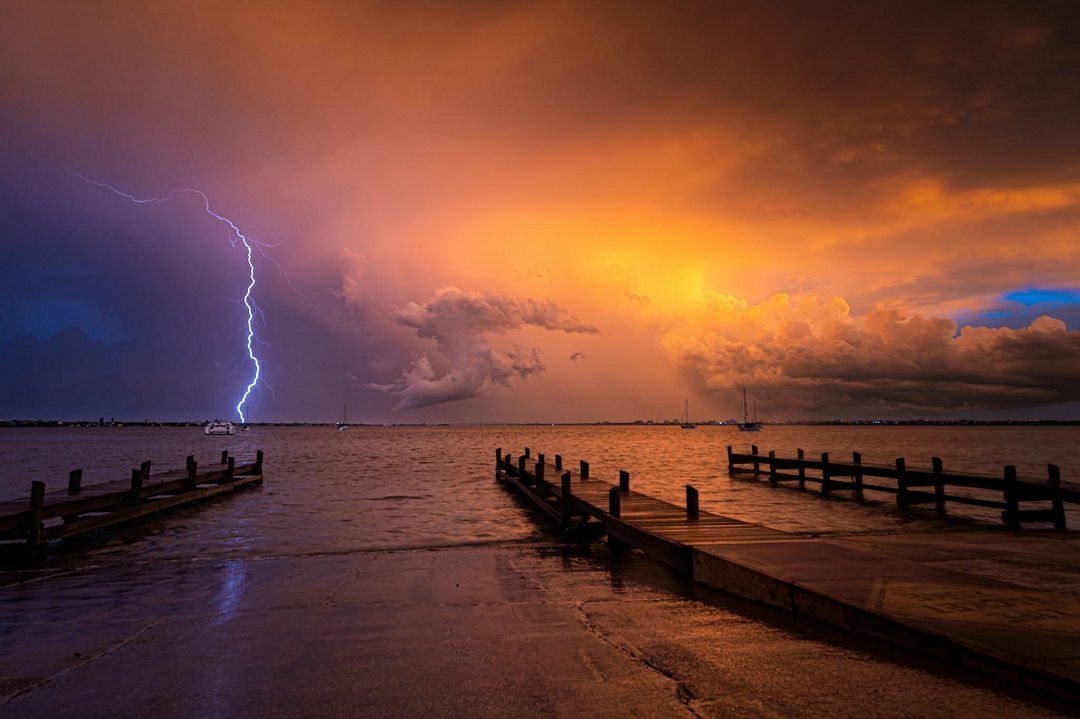Cloud bursts are an uncommon occurrence in the UK sky.
Cloud bursts are an uncommon occurrence in the UK sky. While the country is often associated with its famous rainy weather, true cloud bursts are relatively rare phenomena. These intense and localized rainfall events can bring about significant amounts of precipitation in a short period, leading to potential flash floods and waterlogging in affected areas.
The UK’s weather is typically characterized by its changeable nature, with a mixture of sun, rain, and cloudy conditions. However, true cloud bursts differ from the usual drizzle or steady rainfall that the country experiences. They occur when a specific set of atmospheric conditions align, creating a rapid and concentrated release of moisture from the clouds.
One of the main factors contributing to cloud bursts is the presence of intense convective activity. This involves the rapid upward movement of warm, moist air, which then condenses and forms towering cumulonimbus clouds. These towering clouds can extend high into the atmosphere, reaching the troposphere’s upper levels and accumulating vast amounts of water vapor.
When the conditions are right, the energy within the cumulonimbus clouds becomes unleashed, resulting in a torrential downpour. The rain can fall at a remarkably high rate, sometimes exceeding 100 millimeters per hour. Such intense precipitation overwhelms the drainage systems and can cause localized flooding, particularly in urban areas with limited capacity to handle large amounts of water.
Cloud bursts in the UK are typically associated with thunderstorms, which often accompany these extreme rain events. Thunderstorms arise from the rapid updrafts and downdrafts within the cumulonimbus clouds, leading to the formation of lightning and thunder. These atmospheric electrical discharges can be both awe-inspiring and potentially dangerous, requiring individuals to seek shelter until the storm passes.
Although cloud bursts are relatively uncommon in the UK, they have been observed in various regions across the country. Some notable incidents have caused substantial damage, disrupting transportation systems, flooding homes, and overwhelming infrastructure. As a result, local authorities and meteorological agencies continue to monitor weather patterns closely, issuing warnings and advisories to mitigate the potential impacts of these intense rainfall events.
In recent years, climate change has raised concerns about the potential increase in extreme weather events worldwide, including cloud bursts. While it is challenging to attribute any single event solely to climate change, scientists suggest that rising global temperatures can influence the intensity and frequency of such occurrences. Therefore, ongoing research and monitoring are vital to understanding the changing dynamics of cloud bursts and their potential implications for the UK.
In conclusion, cloud bursts are relatively uncommon but notable weather events in the UK. These intense rainfall events are characterized by rapid and concentrated precipitation, often accompanied by thunderstorms. While they pose a risk of localized flooding and infrastructure damage, the UK’s weather patterns typically consist of the more familiar mixture of sun, rain, and clouds. As the climate continues to evolve, understanding and preparing for extreme weather phenomena like cloud bursts become increasingly important to safeguard communities and infrastructure.
Hits: 0




